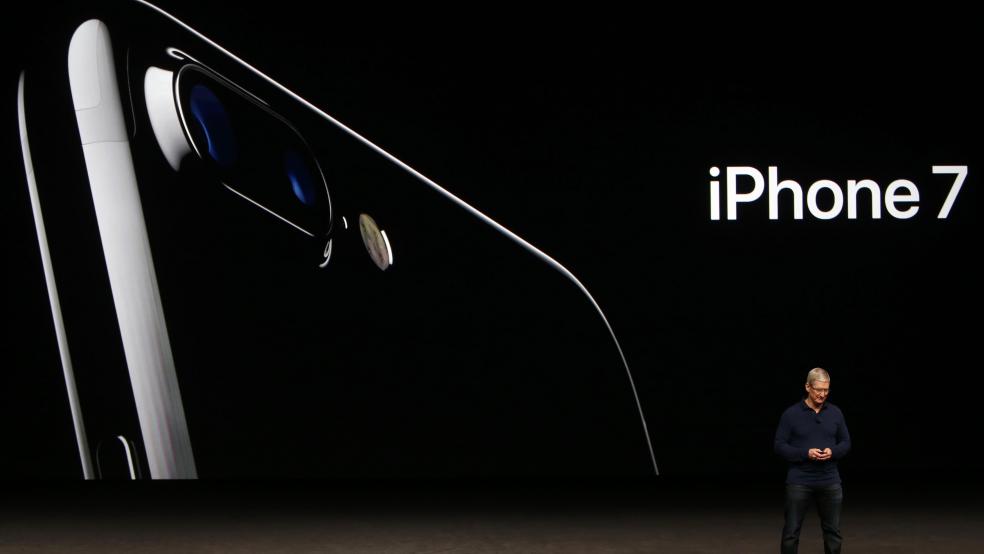For over a decade now the September announcement from Apple has reliably set off a media circus. As iPhones, iPods and iPads all became a regular part of our day-to-day lives, these unveiling events were greeted with more and more excitement. The anticipation spread far beyond the tech media, technophiles and Mac aficionados to everyday people who tuned in to find out how Apple would, if not necessarily make their lives better, at least make them cooler. Phone buyers and resellers would line up for hours, or even days, to be among the first to buy Apple’s latest devices.
But as Apple launched the iPhone 7 and a new Apple Watch on Wednesday, there was no huge line of eager customers at its flagship store on Fifth Avenue in New York City and no media circus to speak of. Sure, cable news channels like CNBC covered the announcements, website after website live blogged the proceedings and every minor upgrade still got tweeted and retweeted as usual. But it’s clear that the luster has worn off these launch events.
Part of the problem for Apple is that the old two-year product cycle has inevitably ended. Though there will always be those who must have the latest and the greatest iteration, for many users, their iPhone 6 or 5 (and a few brave souls still soldiering on with 4s) still work just fine. Sales of the iPhone have fallen on a year-over-year basis for two straight quarters, as customers hold on to the phones they have.
Related: 2016’s Summer of Movie Flops Is Not a Fluke, It’s the Beginning of the End
Apple CEO Tim Cook unsurprisingly called the iPhone 7 the “best iPhone we ever created,” and analysts who expected just a modest placeholder upgrade from the iPhone 6 were surprised Apple announced some more significant changes. But the new features are not critical, or even all that appealing. Two different kinds of black casings? Nice, but probably not enough reason to dump your current phone. More powerful dual cameras? Cool, maybe, but probably not worth the cost of a whole new phone for most people.
And that’s a huge part of the challenge Apple now faces: The major wireless carriers no longer provide their “free” upgrades every two years that made switching to the newest model a painless and easy decision. Now consumers are must pay out of pocket or enter into a lease with their carrier for a product they are not even certain they really need.
All of this makes Apple’s decision to kill the headphone jack on the iPhone 7 all the more baffling. Apple has switched its “earpods” to connect to the phone via its Lightning connector, the same spot where the power cord goes. It will provide new Lightning earphones and an adapter for traditional headphones with the iPhone 7. And it is also introducing “AirPods” — wireless earbuds that, at first glance, appear perfectly designed to get lost within hours of purchase.
Related: From ‘Stranger Things’ to ‘Star Wars’: How Gen X Quietly Took Over Hollywood
For many, the headphones included with the iPhone were always the weakest part of the product. Even so, the impression that Apple is forcing its customers into its closed system will rubs many the wrong way, particularly in the tech community, where any sense that they are being “corralled” is met with hostility. Just think back to the peripheral upgrades required by the adapter switch between the iPhone 4 and 5, which rendered existing audio equipment and charging docks useless. The nation’s hotels are still littered with alarm clocks meant to house iPhone 4s.
The iPhone no longer has the same cultural cache it once did as “the cool person’s phone.” And Apple’s decision to lose the traditional headphone jack risks turning off the very music lovers it wants to lure to its Apple Music service.
By trying to force its customers into its ecosystem, it runs the risk of losing them whenever they decide to finally buy a new phone.




